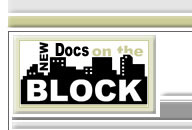
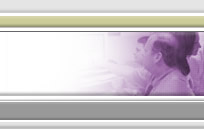
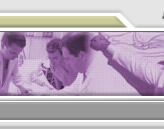
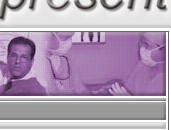
|
Impressions on My First Cases
As a New Doc 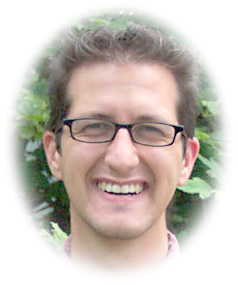 by Jarrod Shapiro, DPM Joined practice of John K Throckmorton,DPM,PC Lansing, Michigan July 2006 It's been about 3 months now in practice and I'm just completing the proctoring process at all of the hospitals I work out of. This is one aspect of practice I didn't consider when I was a resident. The most difficult and frustrating part is actually scheduling cases that fit into other physicians' schedules. Several times we had to juggle my office schedule to do cases. In my area, most surgeons have block time, filling up the available OR time, which leaves little room for the new doc to maneuver. However, I muddled through, and I have one final proctored case to come. Starting in December, I'll have block time on Fridays at two different places. When you're out in practice, I highly recommend applying for block time. It makes your practice run more efficiently and appear more professional. It also keeps you organized and efficient with postoperative follow-up visits if your elective cases are done at regularly scheduled times. So what about the cases themselves? So far, the majority of my cases have been forefoot related procedures. I've done 3 Lapidus bunionectomies, a couple of Austin bunionectomies, a couple of Weil osteotomies, a plantar plate repair, a tendoachilles lengthening, a peroneal tendon repair, a Tailor's bunionectomy, and a couple of digital amputations and debridements. I have a couple of stage 2 and 3 posterior tibial tendon dysfunctions that I'm treating nonsurgically but may be reconstructions in the future. I've seen little trauma so far due to a strong orthopedic presence in the community. These cases seem fairly consistent with other podiatrists I've spoken with around the country: predominantly forefoot procedures with a variable percentage of rearfoot. The cases have gone well, I've been treated respectfully by the staff, and I've enjoyed being back in the OR greatly. I felt pretty rusty at first, but the skills I learned in residency came back quickly. I have to admit, though, that the first few dressing changes for my patients were a little nerve racking for me. As I removed the dressings I had images of huge dehiscences and raging infections running through my head! Currently, I see my patients at postop day 3 or 4 then weekly thereafter unless something is concerning to me. After the 3rd visit I'll see them every 2 to 3 weeks depending on the pathology. I'd recommend seeing your patients a little more often at first so you can create your own postoperative schedule. All in all, being a podiatric surgeon without the safety net of my attendings has been a rewarding component of practice that many of you will enjoy greatly once you're in practice. Talk to me,
|














